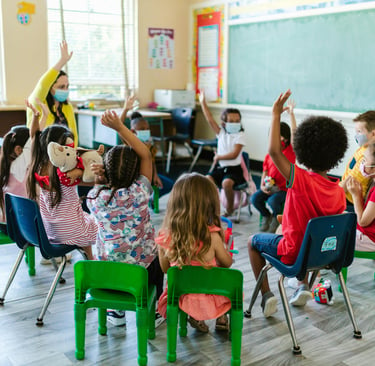Understanding Different Learning Styles
Supporting Every Child’s Unique Path
10/24/20241 min read


Understanding Different Learning Styles: Supporting Every Child’s Unique Path
Every child is unique, and so is the way they learn. Understanding different learning styles can be transformative for both parents and educators, allowing them to better support children as they navigate their educational journeys. While some children thrive with hands-on, experiential learning, others may prefer reading, listening, or observing. Identifying and respecting these learning styles ensures that each child feels empowered to succeed.
One of the most commonly known learning models identifies three main styles: visual, auditory, and kinesthetic. Visual learners grasp information best when they can see it—through pictures, diagrams, charts, or reading. For these children, having access to materials like books, visual aids, and videos can enhance their learning experience. Auditory learners, on the other hand, prefer to hear information, often excelling when lessons are delivered through discussions, lectures, or audiobooks. Kinesthetic learners learn best by doing. They need to physically engage with the material, whether through movement, building, or using their hands in some way.
In the classroom or at home, it’s important to incorporate a variety of learning strategies to accommodate different learning preferences. For example, when teaching a concept like fractions, visual learners might benefit from diagrams, while kinesthetic learners could use physical objects, like blocks, to represent the fractions. Auditory learners might benefit from explaining the process out loud or listening to a lesson via a podcast.
Encouraging children to explore their learning preferences can help them become more independent learners as well. When they understand how they learn best, they can advocate for themselves in different settings and choose methods that work for them. As adults, we play a crucial role in helping children recognize their strengths and adapt to various learning environments.
Different learning styles aren’t just about academic success—they influence how children engage with the world around them. By honoring each child’s unique approach to learning, we help them feel seen, valued, and confident in their ability to tackle new challenges.


